The CRM Metrics: How to measure the performance of CRM
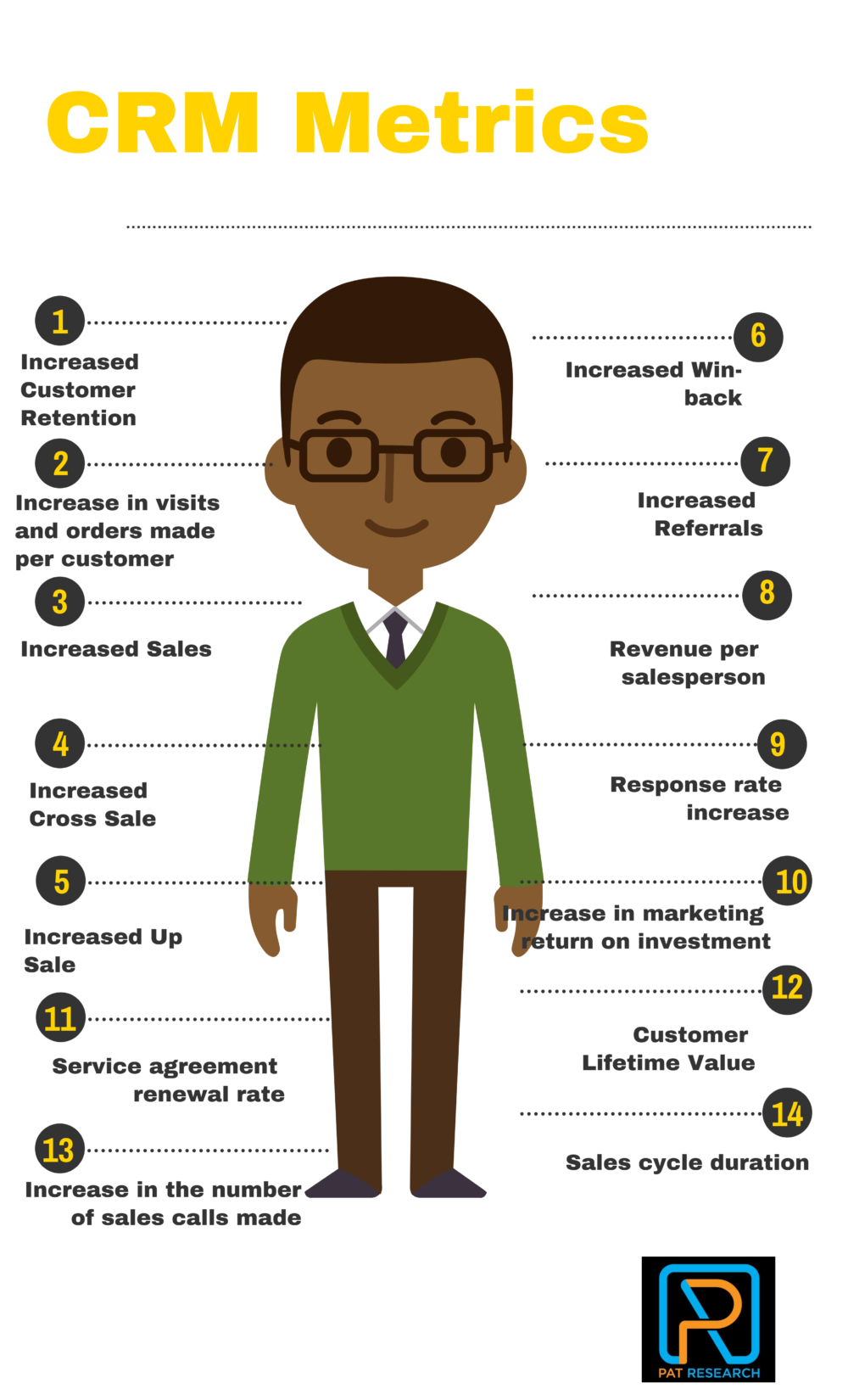
Every goods or service producer carries out activities with the intent to meet one need of his customer or the other. Due to changes in business structures over the years, it became necessary to find a better way to attend to customers. CRM is the systematic building of organization-customer relationship with the use of technology in order to increase customer satisfaction, loyalty and revenue for the company.
It is designed to help companies better manage customer contact by creating a collection of data acquired by various salespersons on the same customer. The performance of CRM should be measurable so that organizations can gain insight into what aspects to improve on. A number of criteria for measurement have be offered by many in form of Balanced Score Card, CRM Success Metrics, Customer Satisfaction, and Six Sigma. Most of these metrics will be expounded here.
- Increased Customer Retention: It is one thing to acquire new customers, it is another thing to get them to stay with you. Relationships are key and it is often more cost effective to retain an existing relationship than building one with a new customer. The amount of customers that do not defect from your company can be used to check the performance of CRM.
- Increase in visits and orders made per customer: a well performing CRM should be able to bring in more traffic to your business. The number of people who visit or order from you higher than what of used to be. In a case where there is no positive change the in the in traffic and orders, CRM may not be considered to be performing well.
- Increased Sales: making profit is the lifeblood of a company and profit cannot be made without sales. An increase in what customer spend on average for every order they make should increase with the help of CRM.
- Increased Cross Sale: making cross sales helps creates a balance in sales as a lack of cross sale might result in company not making profit on certain products. Cross sale means that customers are purchasing products from different categories. A well performing CRM should increase cross sales.
- Increased Up Sale: even within the same company, products may not go for the same price. It is necessary that a company sells the more expensive products as much as the less expensive ones. CRM should be able to facilitate the increase in the sales of higher priced items.
- Increased Win-back: it is not uncommon to find customers ceasing to patronize a company for one reason or the other. It is the job of the company and also in their best interest to find a way of winning back such customers. With the help of a well performing CRM, this should be possible.
- Increased Referrals: if you have ever heard the saying 'one tree, a forest', you would realize that one tree births others which birth more. This is the same with customers and referrals. One customer could influence others to buy from you who can also make some other set of people buy from you. The rate at with referrals increase as a reason of CRM is an indicator of how well it is performing.
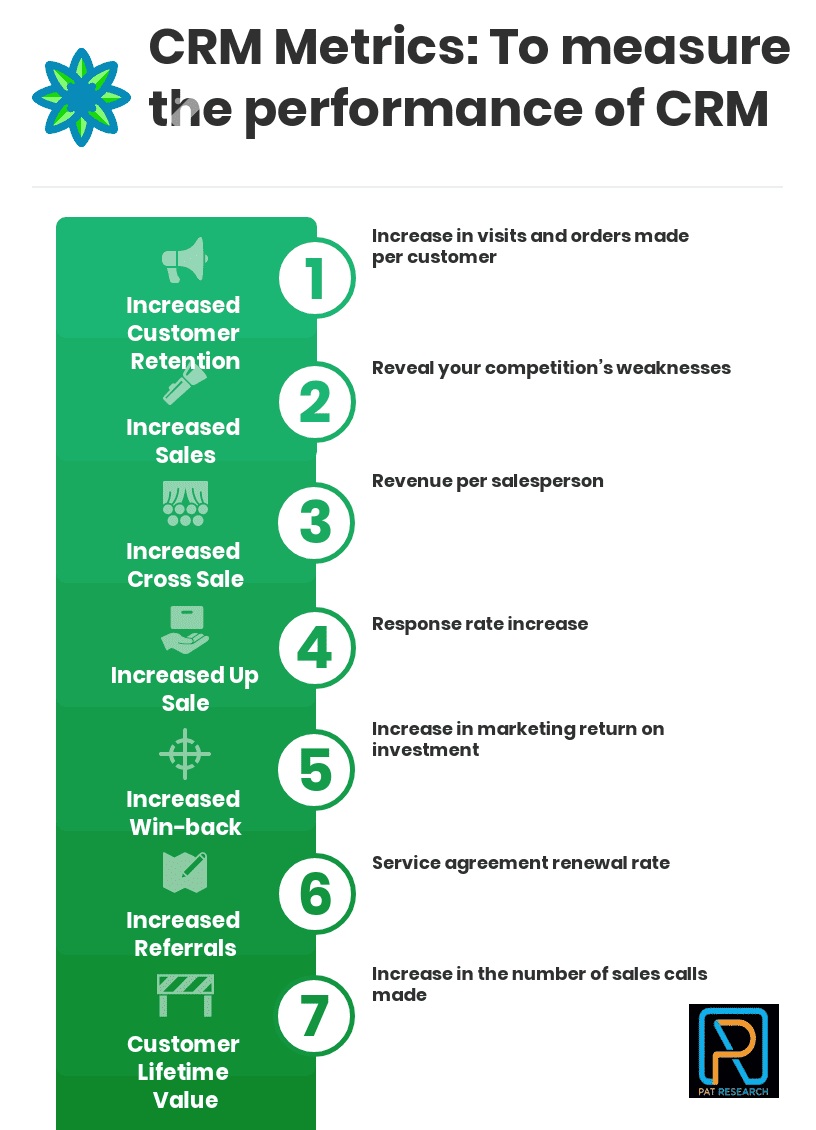
CRM Metrics To measure the performance of CRM
- Revenue per salesperson: this refers to the amount of money contributed into the company by each sales representative. An increase in the average amount realized as revenue could serve as a means of measuring the performance of CRM.
- Response rate increase: when marketing campaigns are carried out by companies, a certain level of response is expected form customers and potential customers. CRM can greatly help increase the rate at which customers respond to market campaign. Customer response could come in form of actions.
- Increase in marketing return on investment: marketers should be able to equate resources such as energy, time and advertising spent to results when contributing to company growth. The money generated as revenue from marketing campaign should be greater than the cost of running the said campaign. CRM when performed optimally can contribute to increase in the returns realized from investing in marketing. The rise or fall in ROI can be used in evaluating CRM performance.
- Service agreement renewal rate: companies often have agreements on services with one another and such a relationship can be severed by bad management of relationship. This why CRM is important when it comes to renewal of service agreement as customers might not be willing renew agreement when there is a sour relationship existing between them and the company. People willingness continue with agreement is a metric of CRM performance.
- Customer Lifetime Value: this refers to a prediction model that foretells the net profit that can possibly be realized from the entire duration of company's relationship with customer. It can also be said to be the monetary value of company's relationship with customer based on the current value of projection future cash flow from the relationship between company and customer. This can be used as a performance metric as an increase in customer life cycle could indicate whether or not CRM is performing well.
- Increase in the number of sales calls made: a sales call is a meeting between prospect or customer and a sales representative for the purpose of making sales which is usually face-to-face and prearranged. An increase in the number of sales calls made is a pointer to just how effective CRM is.
- Sales cycle duration: there are seven stages encountered made making a sale. First the salesperson does some prospecting in search for potential customers. Once found, salesperson makes contact to set an appointment and qualify the prospect as worth pursuing. A presentation is then made where the sales representative should be ready to handle objections. There is a closing and then referral getting. The length of this cycle can be used as a metric to measure CRM performance as a good CRM should reduce the time taken to make a sale.
Scorecard to measure the performance of CRM
A scorecard was developed Hyung-Su and Young-Gul for the evaluation of CRM in organizations. This scorecard is divided into perspectives namely organizational performance, customer, process, and infrastructure which have their respective diagnostic factors and instruments. The instruments used to measure these diagnostic factors could either be subjective or objective.
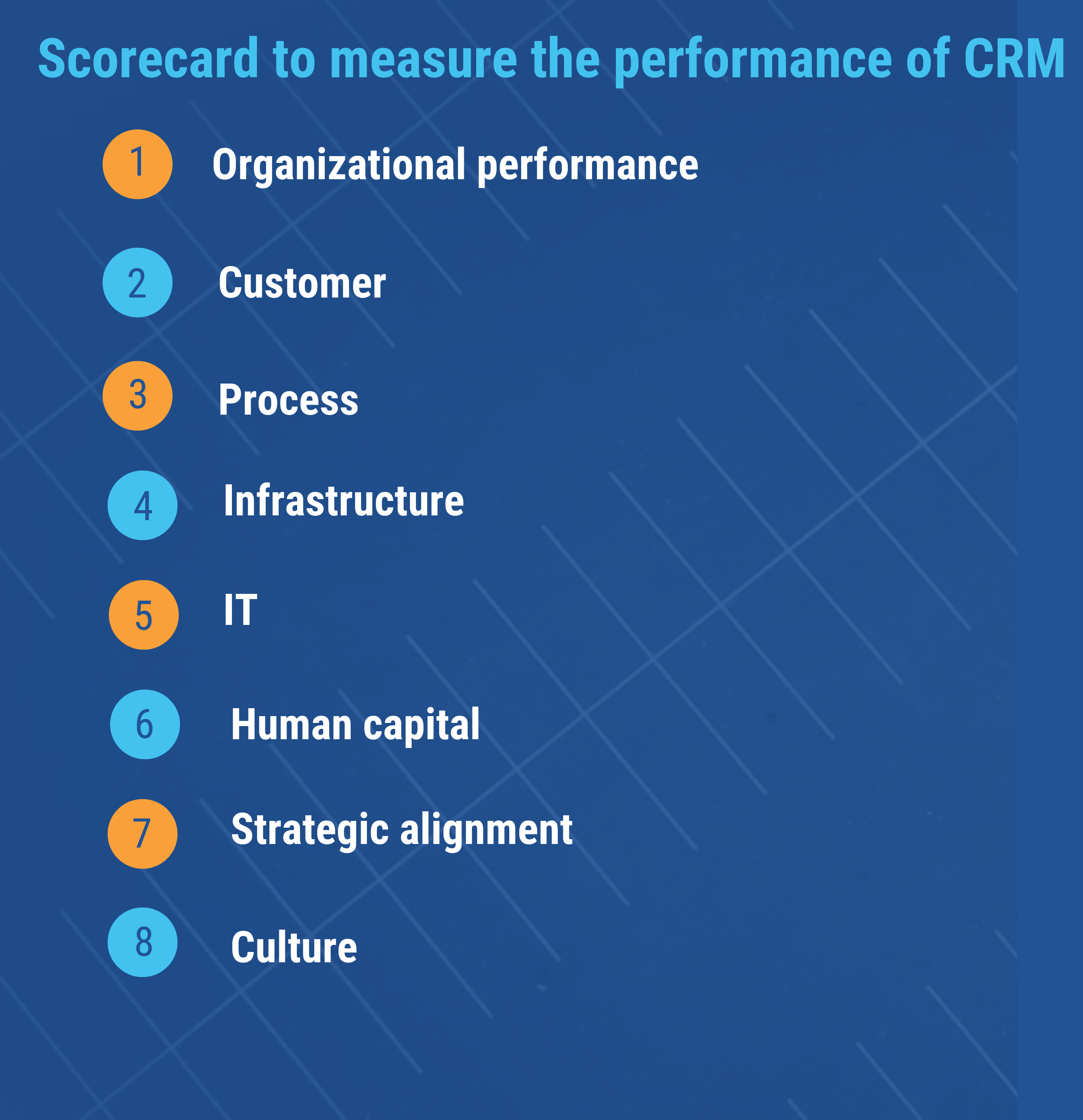
Scorecard to measure the performance of CRM
- Organizational performance: the measurements found in this category, which are also referred to as diagnostic factors, give insight into the overall performance of projects. They include shareholder value, profitability and customer equity.
- Shareholder Value: there is no subjective tool to measure it with but it can however be measured objectively using Shareholder value.
- Profitability: perception of performance can be used to subjectively measure profitability while ROA, Return on investment, net employed, and net sale.
- Customer equity: this can be subjectively measured using perceived loyalty and objectively using customer loyalty, customer lifetime value, and profit.
- Customer: this perspective deals with the measurement of customer's view of the organization so as to provide an idea of how much value the customer places on the organization. The diagnostic factors in this section include customer loyalty, retention and value.
- Customer loyalty: perceived loyalty can be used as a subjective tool of measurement while RFM can be used as an objective tool.
- Customer retention: a subjective tool used for measuring customer retention is customer satisfaction while an objective tool that can be used is the rate at which customers are satisfied.
- Customer value: this can be subjectivity measured using perceived value brand equity and relationship while an objective tool for measurement is customer complaint.
- Process: diagnostic factors in this category include customer acquisition, retention, and expansion which measure how effectively a customer strategy acquires, keeps and expands the customer market.
- Customer acquisition: a subjective instrument of evaluating this is customer readiness for acquisition process while objective tools include lead per channel, customer contact rate, response rate, number of visit to the website, new customer profitability, and rate of successful sales.
- Customer retention: this can be subjectively evaluated by using on the readiness of customer to embark on the retention process. On the other hand, objective tools include delivery rate, retention rate response time, real-time resolve of complaints, cleared trouble tickets, and rejection of date by delivery, and rate of customer churn.
- Customer expansion: the readiness of customers for the process of expansion is a subjective tools for customer expansion evaluation, while share of wallet, cross sell rate, up sell rate, ratio of core customers, and value of order are object measurement tools.
- Infrastructure: the infrastructure perspective is further divided into four parts namely IT, human capital, strategic alignment, and culture which all have their respective diagnostic factors as well as subjective and objective instruments.
- IT
- CRM technology: this can be measured subjectively with quality of system information and usability of system, and objectively based on the technological capacity for three customer types, accuracy, customer information and system stability.
- Human capital
- Employee behavior: a subjective tool in measuring this is employee's customer related attitudes while an objective tool is human capital readiness and time spent per job.
- Employee satisfaction: a subjective tool that can be used to measure this is basically satisfaction while objective tool is the turnover of key employees.
- Management attitude: perception and support for CRM is a subjective measure of management attitude while system acceptance is an objective tool.
- Strategic alignment
- Training: a subjective tool one could use to measure this is training procedure while training days could be used as an objective tool of measurement.
- Reward system: appropriateness of reward can be used to measure the reward system of an organization while system usage can be used for an objective measure.
- Organizational structure: this can be subjectively measured by using organizational flexibility as a tool and objectively by using organization's improvement in diversity profile.
- Culture
- Partnership: coordinating effort can be used as a subjective tool to measure this while vendor diversity may be used as an objective tool.
- Market orientation: this can be subjectively measured with the orientation of the market or objectively by using frequency of customer survey and customer knowledge creation.
- Explicit goal: the explicitness of goal can serve as a subjective measure and correct alignment towards business can be used as an objective measure.
What are the CRM Metrics? There are a number of criteria for measurement in form of Balanced Score Card, CRM Success Metrics, Customer Satisfaction, and Six Sigma and includes Increased Customer Retention, Increase in visits and orders made per customer, Increased Sales, Increased Cross Sale, Increased Up Sale and Increased Win-back and many more.

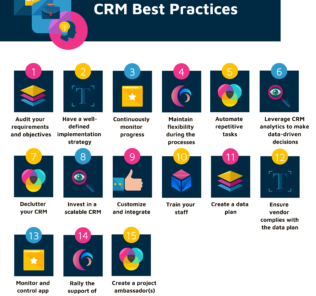

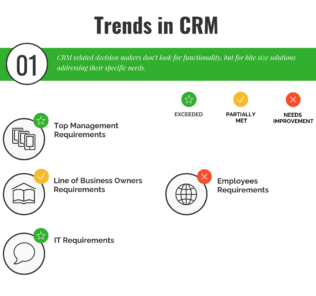
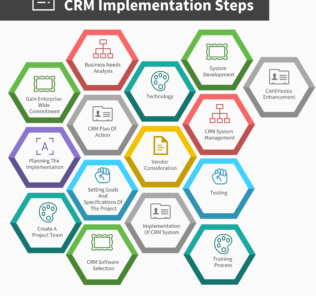
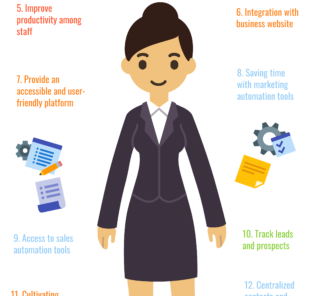
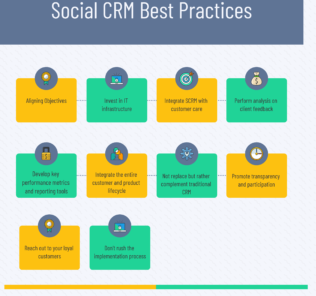




ADDITIONAL INFORMATION
Great article.